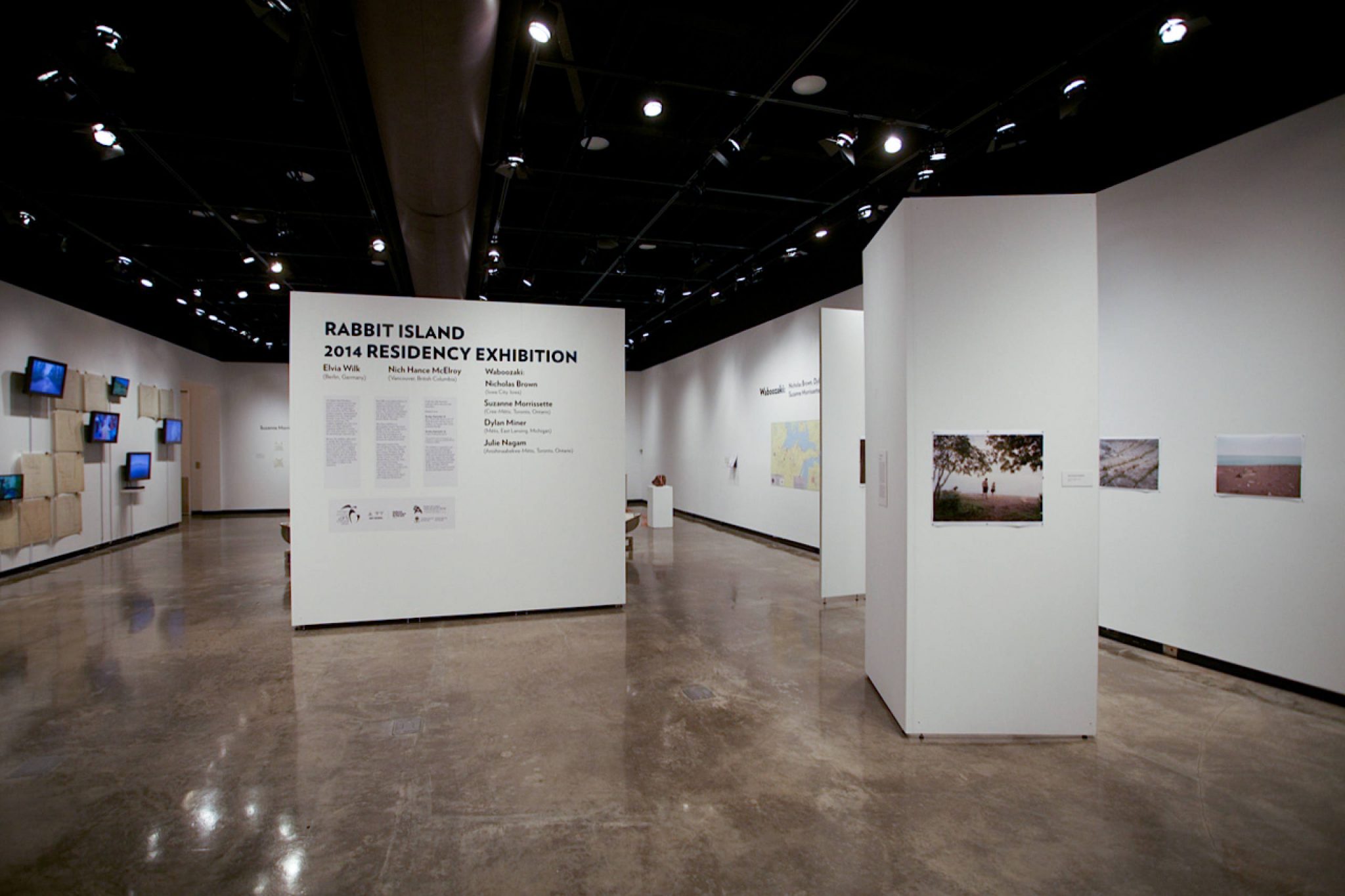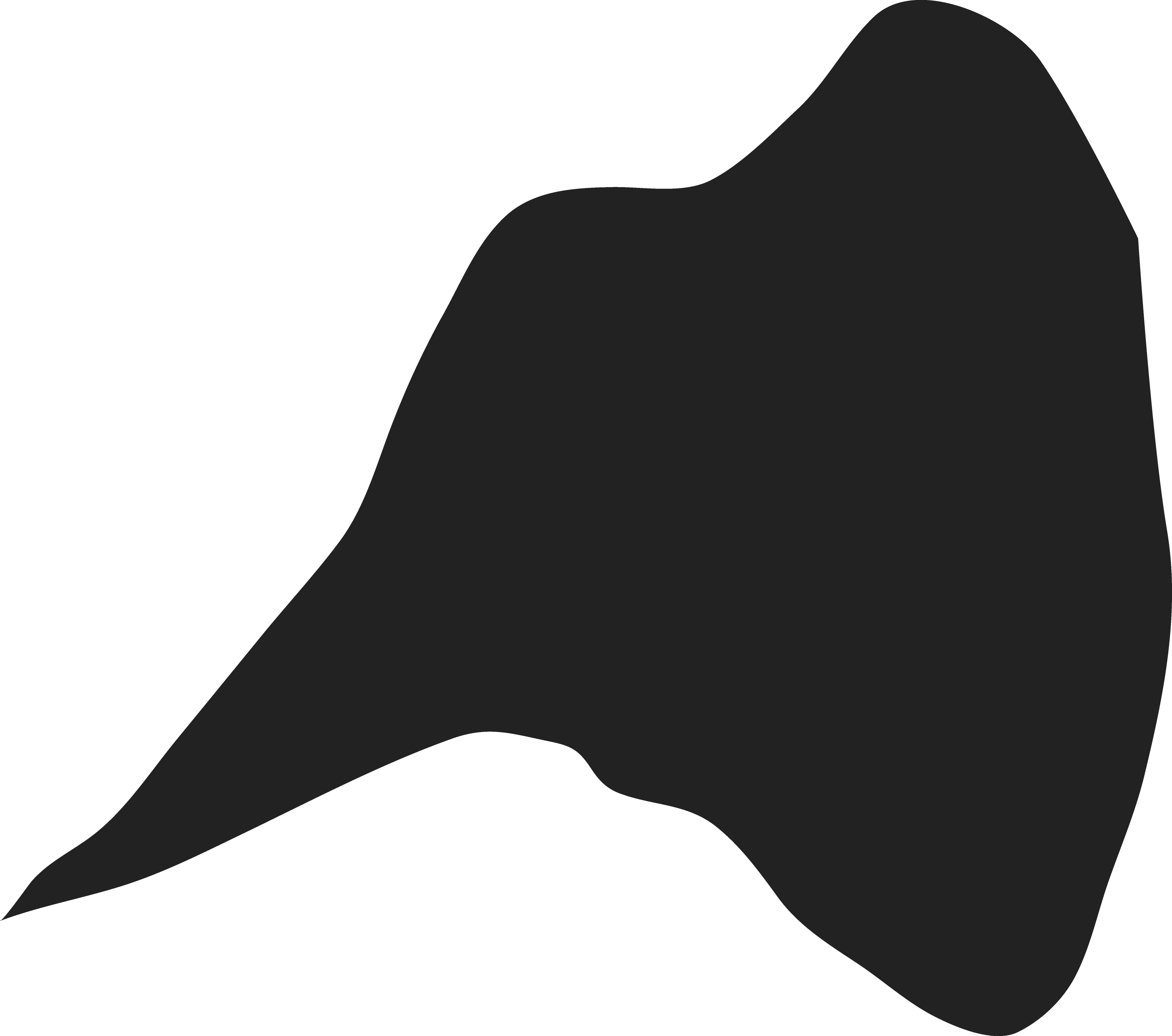As a small collaborative of artists, both Indigenous and non-Native, we will work individually and collectively during the residency. Our intent is to get to know Rabbit Island, understand its Benjaminian aura and aboriginal spirit by engaging in projects related to Indigenous history and place-making in the Great Lakes. In this process, we will be in conversation with other Anishinaabeg peoples, as well as the Center for Native American Studies at NMU. As an open-ended project, our intent is to develop a project based on the experience of living on Rabbit Island and listening to the island and the lake.
Used by Anishinaabeg travelers, as well as French and Métis furtraders, Rabbit Island is full of both spirit and human interaction. It is, like much of the Great Lakes, a crucible of avant-garde cultural practices, as well as sustainable ecological models. This project, a collaboration between four artists and intellectuals (1. Dr. Dylan Miner, PhD [Métis]; 2. Dr. Nicolas Brown, PhD; 3. Dr. Julie Nagam, PhD [Ojibwe-Métis]; 4. and Suzanne Morrissette [Cree-Métis]) will explore and ‘map’ Rabbit Island from Indigenous perspectives. It will build upon Dylan Miner’s community-collaboration ‘Radical Migrations through Anishinaabewaki: An Indigenous Re-Mapping of the Great Lakes,’ as well as the Indigenous mapping projects of the other three participants. This sort of project fits seamlessly into new directions in contemporary art, such as experimental geography (Trevor Paglen and Nato Thompson) or radical cartography (Journal of Aesthetics and Protest).
By extending the already robust ecologically-based projects developed by Andrew Ranville and Rob Gorski, and exhibited at the DeVos Museum of Art by Melissa Matuscak, Waboozaki, these three Indigenous and one non-Native artists will begin (or rather continue) thinking the island and Lake Superior in relation to Indigenous notions of placemaking and mapping. As part of their time on the island, the four artists will collectively work on a project, as well as explore their own individual practices. Collectively, the artists will explore notions of place, Indigenous history, the islands location in the US-Canada borderlands, its specific ecology and medicinal herbs, etc. While the artists will collectively address issues related to Native American mapping, they will also develop individual projects around similar themes. These include:
1. Dr. Dylan Miner will expand his project, Michif-Michin, an on-going investigation of the Indigenous uses of plants. During 2014, Miner will be artist-in-residence at the Klondike Institute of Art and Culture in the Yukon Territory, Canada where he will develop this work into a solo exhibition. His time on Rabbit Island will expand this work. Moreover, because Miner is of Indigenous and Swedish descent, he will also use the history of the island, which includes both Native American and a Swedish immigrant structure, to investigate Indigenous and Scandinavian folk architecture.
2. At Rabbit Island, Dr. Nicholas Brown will continue working on the Native Resurgence mapping project, focusing specifically on the Lake Superior region. He is interested in contrasting historical and contemporary patterns of indigenous migration and land use, particularly on islands in Lake Superior such as Madeline, Isle Royale, Grand, Michipicoten, and Rabbit. He will also continue developing his Vanishing Indian Repeat Photography Project (VIRPP) by identifying historical photographs of indigenous peoples in these places and shooting new photographs from the same locations. Just as photography was instrumental to preserving a record of a supposedly “vanishing race” in the nineteenth and early twentieth centuries, the practice of repeat photography has emerged as one of the most potent means of visualizing glacial recession in the twenty-first century. Mimicking the U.S. Geological Survey’s Repeat Photography Project, which has documented retreating glaciers in Glacier National Park since 1997, the VIRPP calls attention to the continuity of the vanishing logic by linking the region’s colonial past to its colonial present. By focusing on the continuity of the vanishing logic, the project interprets colonization as an ongoing process rather than an historical event, which, in turn, sheds light on the structural dimensions of settler colonialism.
3. Dr. Julie Nagam will continue her work on Indigenous ways of place-making. She will develop a new sound and media installation that can be used to tell a narrative story through an Indigenous perspective about an area of land surrounding the Humber River Valley in Toronto, Canada. Similar to her project, White Pines Lay Over the Water, this new work will challenge a linear, ‘factual’ western account of the area’s history by mobilizing a 360-degree affect with sound and laying narratives in themed format.
4. Suzanne Morrissette is an artist from Winnipeg, Manitoba who has, for the past two years, lived and worked in Thunder Bay in Northwestern Ontario. During this time, she began a series of drawings, such as 'Red Lake is not equal to Red Lake' (2012). Driving to work one morning in Thunder Bay, she found herself at the intersection of Red Lake and Keewatin Street which reminded her of other places that she knew that were also called either Red Lake or Keewatin. Keewatin, of course, is an English articulation of the Anishinaabemowin or Ojibwe-word for North Wind (keewatin). At Rabbit Island, she will continue to work with juxtapositions such as this as part of her ongoing project 'wilderness actions' which combine sketching, photography, and video samples to create images of her own body performing in the landscape. Whereas in previous work this series has included performances on precarious forms of architecture overlooking grand wilderness vistas, this work will turn to the unique forms and structures around Rabbit Lake to guide her actions and gestures.



